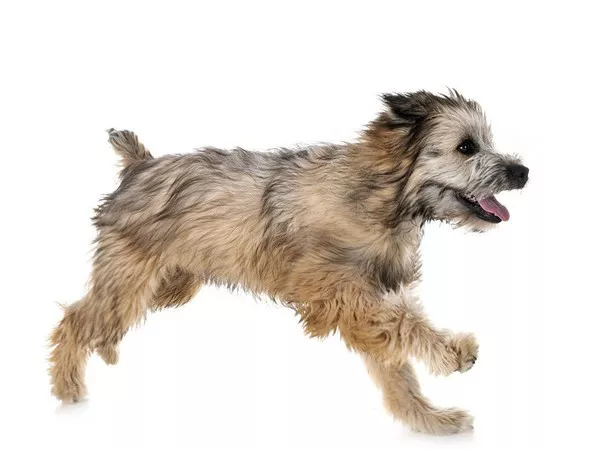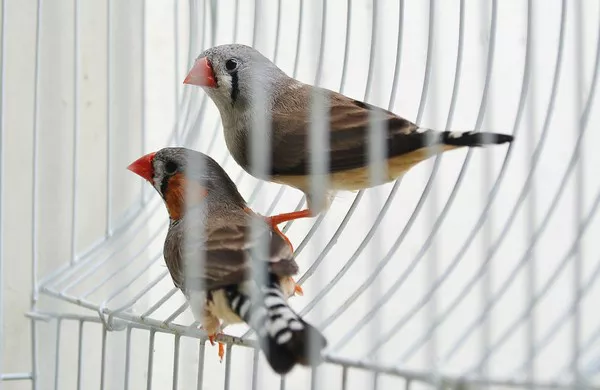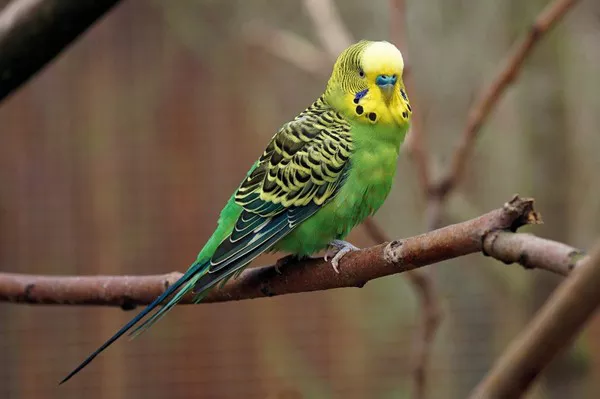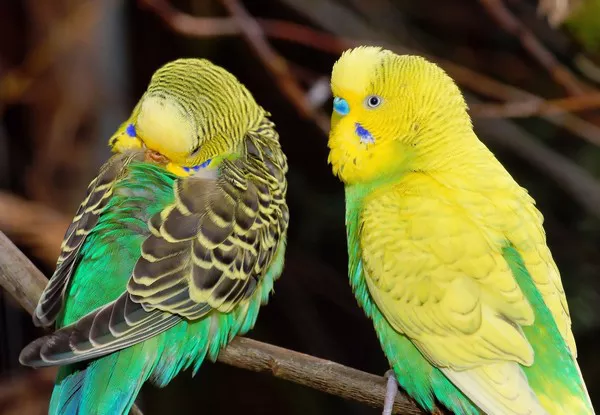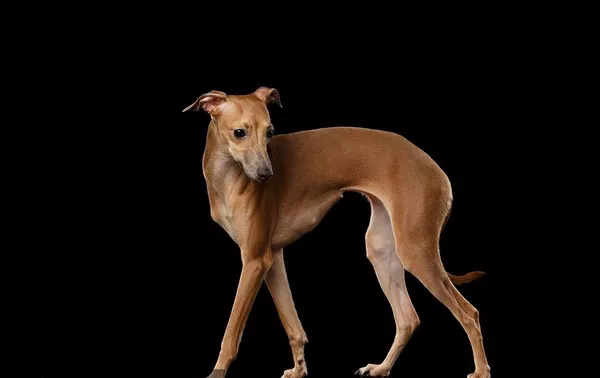Corn snakes are among the most popular pet snakes in the world, prized for their docile nature, manageable size, and ease of care. These non-venomous reptiles belong to the Colubridae family and are native to the southeastern United States. They are constrictors, meaning they subdue their prey by wrapping around it and squeezing before consuming it whole. Like all snakes, corn snakes are carnivorous and swallow their prey in one piece, making it fascinating to consider: what is the biggest thing a corn snake can eat?
This article will explore the feeding habits, anatomy, and limitations of a corn snake‘s diet, helping pet owners understand the best practices for feeding and caring for these remarkable animals.
Understanding Corn Snake Anatomy and Feeding
To understand what a corn snake can eat, it’s essential to look at its anatomy and feeding process.
Flexible Jaws
Corn snakes, like other snakes, have incredibly flexible jaws. Their lower jaw is not fused at the chin, allowing each side to move independently. Additionally, they possess stretchy ligaments that allow their jaws to open far wider than their head. This enables them to swallow prey much larger than their head and neck appear capable of handling.
Digestive System
Once prey is swallowed, it travels down the snake’s esophagus and into the stomach. Corn snakes produce strong digestive enzymes that break down their food, including bones, over a few days. This digestive process allows the snake to extract all the necessary nutrients before excreting waste.
Body Shape
Corn snakes are slender snakes, generally growing to an average length of 3-5 feet. Their slender build influences the size of prey they can consume. Even though their jaws are flexible, their overall body diameter limits how large their meals can be.
Diet of a Corn Snake in the Wild
In the wild, corn snakes primarily feed on small mammals, birds, lizards, and occasionally amphibians. They are opportunistic feeders, taking whatever prey they can overpower and swallow.
Rodents: Mice, rats, and other small mammals make up the bulk of their diet.
Birds and Eggs: Corn snakes will climb trees to raid bird nests, eating both eggs and nestlings.
Reptiles: In some cases, corn snakes may eat small lizards or even other snakes.
Amphibians: Frogs and toads can also become part of their diet, especially in wetter environments.
The prey size in the wild is naturally limited to what the snake can overpower and swallow.
Diet of a Pet Corn Snake
When kept as pets, corn snakes are typically fed a diet of frozen-thawed rodents, with mice being the most common choice. Feeding pre-killed prey is safer for the snake and more convenient for the owner. The size of the prey is critical to ensure the snake’s health and comfort.
How to Determine the Right Prey Size
A general rule of thumb for feeding corn snakes is that the prey should be about 1.5 times the width of the snake at its widest point. Feeding prey that is too large can lead to:
Regurgitation: The snake may regurgitate the meal if it is too large to digest comfortably.
Injury: Large prey can harm the snake, either during ingestion or digestion.
Impaction: Overly large meals can lead to blockages in the digestive system, which can be fatal.
What is the Biggest Thing a Corn Snake Can Eat?
The biggest thing a corn snake can safely eat depends on several factors, including the snake’s size, age, and overall health.
Young Corn Snakes
Hatchlings and juvenile corn snakes are small, usually about 8-12 inches long. At this stage, they can eat:
Pinkies: These are newborn mice without fur and are the appropriate size for young corn snakes.
Small Lizards or Insects: In the wild, hatchlings may eat small lizards or large insects as they develop.
The biggest prey a juvenile corn snake can handle is typically no larger than the diameter of its body at its midsection.
Adult Corn Snakes
Adult corn snakes, reaching 3-5 feet in length, can handle larger prey. The largest prey items they typically consume include:
Adult Mice: Most adult corn snakes thrive on medium to large mice, depending on their size.
Small Rats: Larger adult corn snakes may occasionally be able to consume a small rat.
Birds or Reptiles: While less common in captivity, an adult corn snake could potentially eat small birds or lizards of appropriate size.
Exceptions and Outliers
Some exceptionally large corn snakes may attempt to eat prey slightly larger than their usual range. However, this is not advisable in captivity as it can lead to health issues.
Feeding Challenges: What Happens if Prey is Too Large?
Feeding a corn snake prey that is too large can have serious consequences:
Difficulty Swallowing: The snake may struggle to get the prey item down, leading to stress or injury.
Regurgitation: If the snake does manage to swallow the prey, it may later regurgitate it, which is hard on its digestive system.
Internal Injuries: Large prey can cause tears or damage to the esophagus.
Blockage: If the snake cannot digest the prey properly, it could lead to a potentially fatal blockage.
For this reason, it’s critical to choose prey of an appropriate size.
Factors Influencing Prey Size Selection
Several factors should be considered when determining the biggest prey a corn snake can eat safely:
Age and Size of the Snake
Smaller or younger corn snakes require smaller prey, while larger, adult corn snakes can handle more substantial meals.
Metabolism and Feeding Frequency
Corn snakes have relatively slow metabolisms. A snake that eats a larger meal may not need to eat again for 1-2 weeks. Overfeeding or offering prey that is too large can overwhelm their digestive system.
Health Status
A snake recovering from illness or injury may require smaller, easier-to-digest prey. Always consult a reptile veterinarian if you’re unsure.
Feeding Behavior
Some corn snakes are aggressive feeders and may attempt to eat prey that is too large for them. It’s up to the owner to ensure the meal is appropriately sized.
Practical Tips for Feeding Corn Snakes
Here are some practical tips to ensure your corn snake is fed safely and healthily:
Stick to the “1.5 Rule”
Choose prey that is no more than 1.5 times the width of your snake at its widest point.
Offer Pre-Killed Prey
Live prey can injure your snake, especially if it’s too large to subdue quickly. Always feed pre-killed, thawed rodents.
Monitor Feeding
Supervise feeding to ensure the snake successfully consumes the prey without issue.
Adjust Feeding Frequency
Juveniles need to eat more often, typically every 5-7 days. Adults can eat every 7-14 days, depending on the size of the prey.
Keep Track of Growth
Regularly measure and weigh your snake to monitor its growth and adjust prey size accordingly.
Common Myths About Snake Feeding
Myth 1: Snakes Can Eat Prey Much Larger Than Their Body
While snakes can eat prey larger than their head, their body diameter limits the size of the prey they can safely consume.
Myth 2: Feeding Larger Prey Saves Time
Feeding oversized prey doesn’t reduce feeding frequency significantly and can harm your snake.
Myth 3: Snakes Know Their Limits
Some snakes will attempt to eat prey that is too large for them, resulting in health complications. Owners must make responsible feeding choices.
Signs of Digestive Trouble After Feeding
If your snake exhibits any of the following signs after eating, the prey may have been too large:
- Regurgitation within a day or two of feeding.
- Swelling or unusual lumps along the body.
- Lethargy or refusal to eat during subsequent feedings.
- Straining or difficulty passing waste.
If these symptoms occur, consult a reptile veterinarian immediately.
Conclusion
The biggest thing a corn snake can eat safely is prey no larger than 1.5 times the width of its body at its widest point. For most pet corn snakes, this translates to appropriately sized mice or, in some cases, small rats. By understanding the limitations of their anatomy and digestive system, snake owners can ensure their pets remain healthy and thrive.
Feeding your corn snake the right prey in the right size not only supports their physical health but also enriches their lives, allowing them to exhibit natural feeding behaviors. If you’re ever unsure, consult a reptile expert or veterinarian to help make the best decision for your scaly companion.
Related Topics:


